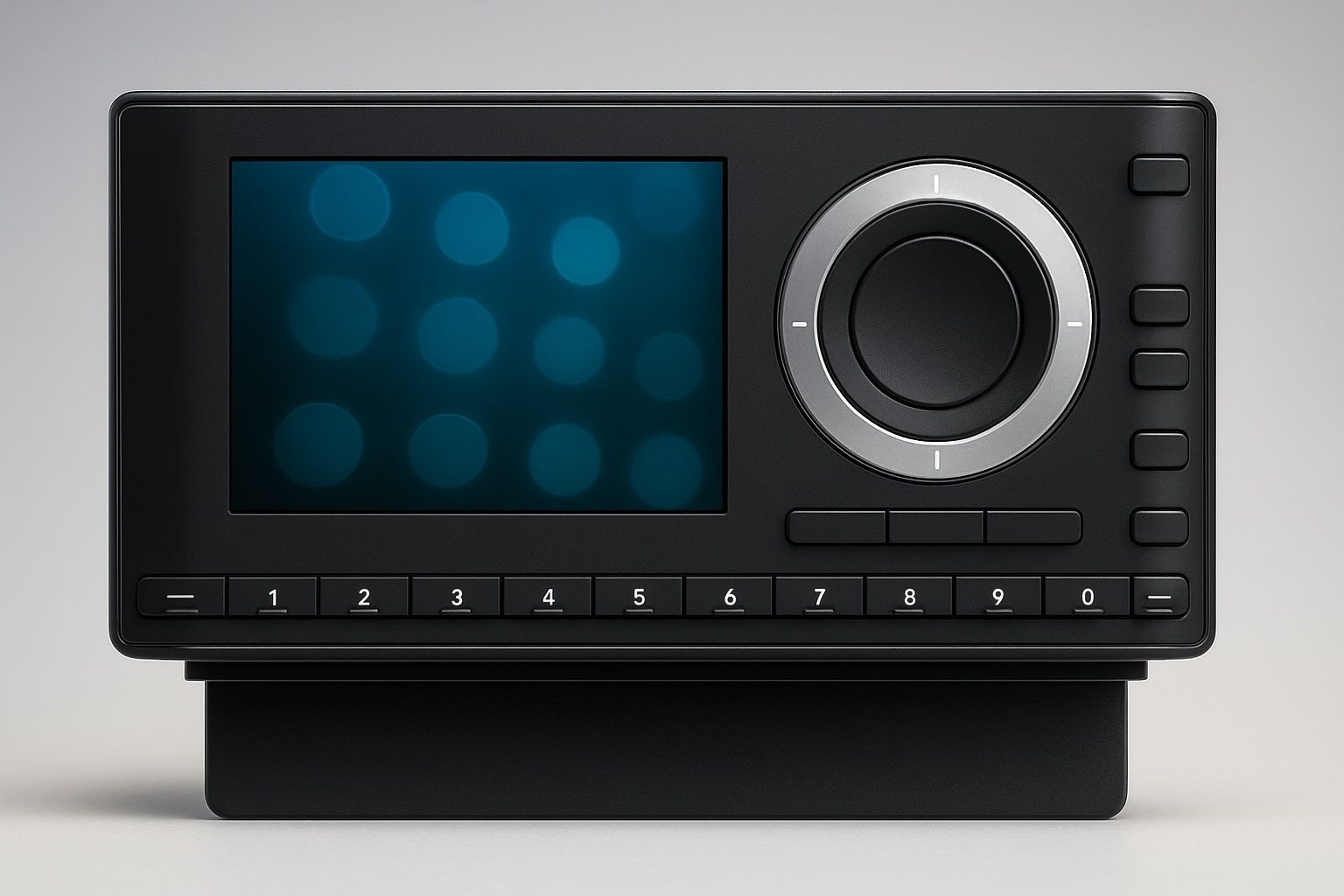
Madeleine Poulin, Trailblazing Radio‑Canada Journalist and First Female Parliamentary Correspondent, Dies at 87
Published November 24, 2025 Trailblazing Canadian journalist Madeleine Poulin, a pioneering on‑air presence at Radio‑Canada and the public broadcaster’s first female correspondent in both Ottawa and Paris, has died at the age of 87. Her family confirmed her death to


